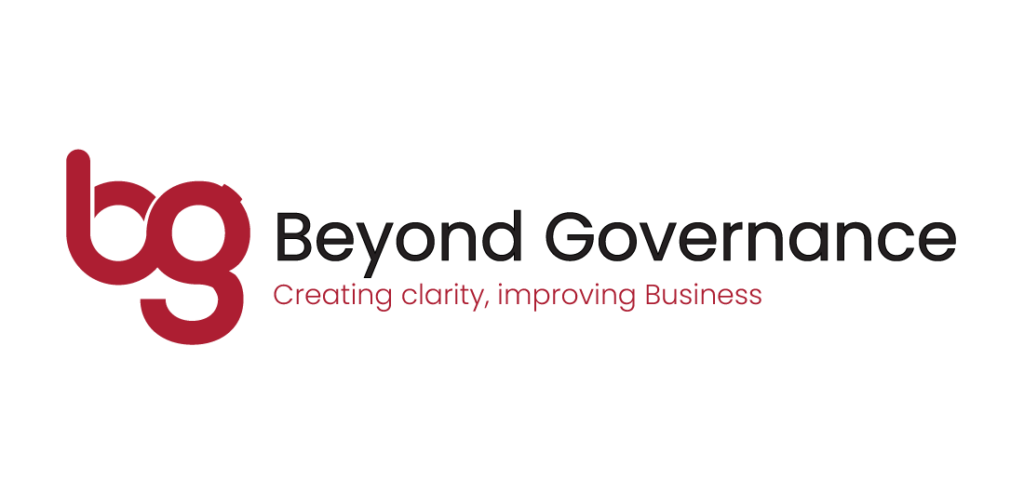If given the choice between doing a positive action for the environment or one which is hugely detrimental, most of us would choose the former. Why then, is it so difficult for us to do the right thing?
I was reminded of this when doing my weekly shop. So many products are now being branded as ‘biodegradable’. This attracts those who want to do good but also want convenience. It is when you delve into the detail that you find out the biodegrading takes place only in certain conditions which are not possible in the usual landfill environment. This is frustrating to anyone believing that they have made a more eco-conscious decision when in fact all they are doing is adding to the problem. This is greenwashing.
It is not only consumers that can be victims of greenwashing though. It is a problem for companies too. Choosing suppliers is a prime example. A commercial decision like this is something which can make or break a business and is not taken lightly. It often forms part of Board meeting discussions. Directors normally receive a presentation from Management on why a certain supplier should be chosen. This will usually be supported by management information (‘MI’) as evidence. The problem arises when the MI is sourced from information which has been subject to green spin. Not having benchmarked targets or regulation with teeth means that companies have to search for ‘good’ with no map or compass. If the source is greenwashed then the MI will be too. The need for formal guidance is more pressing than ever.
Until standard guidance is issued, there will be an element of searching in the dark for some answers to this but there are certain actions that Board members can do to help overcome this:
- Challenge the MI received in Board papers. What is the source? How reliable is it?
- Ask for more information from suppliers. Challenge when the response is vague or unclear. Have suppliers made a commitment? Are they a B Corporation?
- Encourage transparency through your own reporting. Have you publicly disclosed set standards and expectations in your annual report? Have you disclosed it on your website? Have you applied for independent accreditation?
- Set minimum standards. Look at your culture and what you want to be associated with. Do your suppliers operate in a similar way to you? Does their behaviour match what is printed on their corporate website? Have they had any bad press recently?




